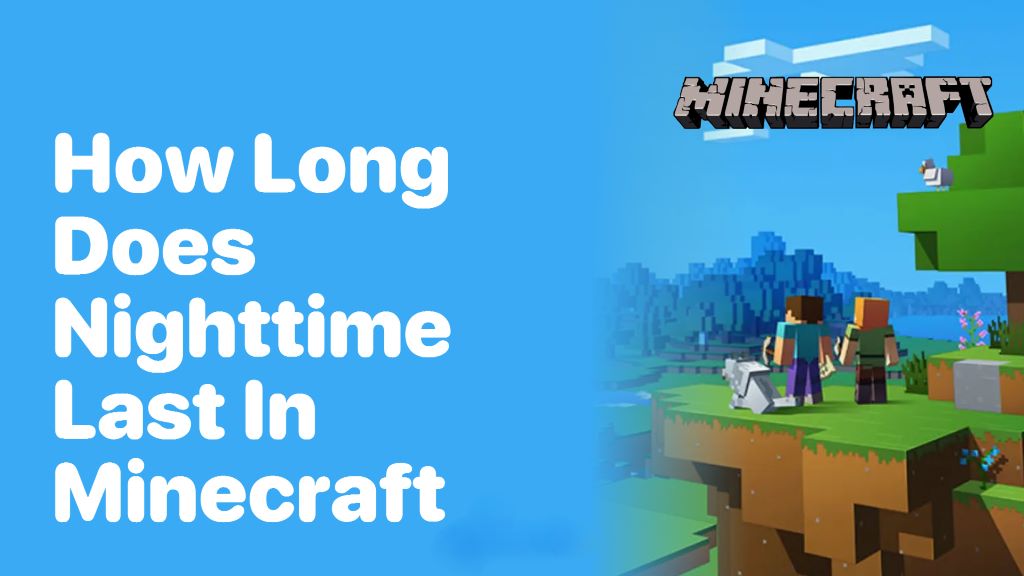What is Ads in Call of Duty?
Call of Duty (CoD) is one of the most popular first-person shooter video game franchises in the world. With its intense multiplayer modes, immersive story campaigns, and addictive gameplay, it’s no wonder CoD has cultivated a massive global following over the past two decades. Like any successful game, CoD relies heavily on monetization to sustain itself. This includes the integration of advertisements within the game experience itself. Over the years, ads and sponsored content have become increasingly common in CoD titles.But what are ads in Call of Duty? How exactly do ads work in Call of Duty games? What kind of ads are included and where do they appear? How does advertising fit into CoD’s business model? This article will take an in-depth look at the role and implementation of ads across the Call of Duty franchise.
A Brief History of Ads in Call of Duty
Ads and product placements are nothing new in the Call of Duty series. Back in 2007, Call of Duty 4: Modern Warfare featured in-game billboards advertising products like Jeep and Sony Ericsson.
But Modern Warfare’s static billboards were just the beginning. With the rise of the free-to-play model and an emphasis on continuous monetization in later entries, the use of advertising in CoD has expanded significantly.
2012’s Call of Duty: Black Ops II allowed players to livestream matches with advertising banners embedded in the stream. 2014’s Advanced Warfare took it further by integrating sponsored branded content into the virtual lobbies where players wait for matches to start.
The real acceleration began in 2019 with the launch of Call of Duty: Mobile. The free mobile version of CoD now displays full-motion video ads between multiplayer matches and offers “rewards” for voluntary ad viewing. This trend continues in 2020’s CoD: Black Ops Cold War and Warzone, which feature new advertisement formats and integration methods.
So in just over a decade, Call of Duty has gone from simple static signage to an intricate ad ecosystem designed to monetize the game and its audience. The franchise now leverages various options to integrate marketing partnerships and increase average revenue per user.
Advertising Formats in Call of Duty
Call of Duty employs advertising in three core ways:
In-Game Immersive Ads
- Static ads that appear on billboards, signs, and other environmental areas of the game maps. These create a sense of realism.
- Dynamic ads that play on screens, scoreboards, blimps or other surfaces within the in-game world. These stand out more than static ads.
- Sponsored items or power-ups with branded names or packaging. For example, branded “armor plates” in Warzone that have a real-world sponsor logo.
Transitional Video Ads
- Full-motion video commercials that play between multiplayer matches or at intervals during play. Often users can skip these after 5 seconds.
- Rewarded video ads that provide players with in-game currency or items for opting to watch. These incentivize voluntary viewership.
Brand Partnerships
- Co-branded sponsored content and brand integrations, like Advanced Warfare’s virtual lobbies.
- Timed exclusive functional items or skins designed in conjunction with brands. Like operator skins bearing sports team logos.
- Purchase incentives or giveaways for using a product. For instance, special XP bonuses for buying an energy drink.
This diverse mix allows Call of Duty to deliver ads tailored to any part of the game experience. Activision can provide brands with broad environmental exposure or targeted commercial spots based on their needs.
Ad Placement in Game Modes
Where and when players encounter ads varies based on which Call of Duty mode they are playing:
Multiplayer
- Between traditional PvP matches, full-motion video ads play while matchmaking occurs. Players can skip these after 5-6 seconds.
- Occasional semi-interactive “user experience” ads task you with simple actions like rotating the product. These demo a brand and provide rewards.
- Maps feature static and dynamic advertisements blended into the background. Certain rotation or limited-time ads may change for seasons.
- Events and playlists can feature branded content. Like the Mountain Dew Amp Game Fuel Challenges in Modern Warfare (2019).
Campaign
- Some story scenes contain static ads in environments to increase realism. But minimal to avoid disrupting immersion.
- Cut scenes are generally ad-free. Again, the priority is preserving immersion in the story experience.
Spec Ops/Zombies
- Cooperative and horde modes mimic multiplayer, with transitional video ads between matches and during intermissions.
- Rewarded video ads also appear, offering big in-game rewards for watching full commercials voluntarily. Especially in free zombie experiences.
Warzone (Battle Royale)
- No ads appear during active Battle Royale matches given the continuous nature of gameplay.
- Transitional video ads play in the pre-match lobby.
- Static ads on buildings, vehicles, and signs populate the environment like in multiplayer. Verdansk is highly commercialized.
- Special live events in Verdansk often have branded sponsorships and content.
As this breakdown shows, Call of Duty thoughtfully integrates ads in ways meant to maximize revenue while minimizing disruption to gameplay. That said…
Fan Response and Controversies
Call of Duty advertising has not been without controversy over the years. Some fans have pushed back against the increased commercialization of the franchise:
- Many players complain transitional ads between multiplayer matches interrupt the game experience flow.
- Rewarded video ads are seen by some as manipulative. They “bribe” players to watch ads for virtual goods.
- Fans reject excessive branding in official esports leagues and pro streams. They want to see competition, not marketing.
- Special events with brand integrations like Mountain Dew Challenges are accused of being cash grabs that exploit FOMO.
- A 2019 ad for a real-world military organization drew criticism and was eventually removed for politicizing the game.
However, surveys indicate the majority of casual Call of Duty players accept in-game ads as a tradeoff for getting free-to-play experiences. More engaged fans remain split on whether the current ad implementations are excessive or not.
Activision seems committed to ramping up advertising regardless, seeing it as crucial profit potential, especially for the free-to-play Warzone mode. With CoD continuing to break records year after year, don’t expect the ads to go away any time soon.
The Business Side: How Effective Are CoD Ads?
In-game advertising has become a big business across the industry. But is it truly effective? Some key stats on Call of Duty ads:
- In-game ad revenue from newer entries like Mobile, Warzone, and Cold War have exceeded $1 billion in just a few years.
- Ad prices for Warzone alone reach into the millions for bespoke brand integrations and sponsorships.
- Transition video ads in CoD see completion rates over 90%, much higher than skipping on platforms like YouTube or Twitch.
- Surveys show over 40% of CoD players have strong awareness and recall of in-game ads and sponsors.
- CoD sponsorships drive real sales results. Mountain Dew saw double-digit percentage growth during a Game Fuel promo.
- CoD has proven it can drive the conversation on social media for brands. Like #DoritosCrabwalk Challenge tweets with Cold War.
Clearly, Call of Duty offers advertisers tremendous value via direct exposure to a loyal engaged audience of tens of millions of players.
Given its strong commercial results, Activision is incentivized to make ads an increasing part of the franchise. That integration will continue evolving in the years ahead.
The Future of Advertising in Call of Duty
What might be next for CoD ads? Some predictions:
- More dynamic ads during play, like changing billboards or video displays in the environment.
- Co-branded limited-time gameplay modes to promote blockbuster films or brand initiatives.
- Shoppable video ads that let players purchase advertised products without leaving the game.
- Personalized and targeted ads using player data to serve relevant offers.
- Streaming integration with influencer/creator ads built into pro tournament broadcasts.
- In-game NFTs for character skins, blueprints, and cosmetics as new virtual goods to monetize.
- CoD Companion App ads with mini-games and incentives to keep players engaged outside matches.
- Sponsored interactive events in Warzone mode that encourage social sharing and viral trends.
Call of Duty will continue aggressively monetizing its platform via new emerging ad formats and digital technologies. Done right, these can create value for brands, publishers, and players alike.
But if Activision is not careful, it risks over-commercializing the experience and alienating its audience. The key will be finding the right balance between generating revenue and maintaining high gameplay quality.
Frequently Asked Questions
Q: Do Call of Duty ads affect gameplay performance?
A: Generally no – video ads only play between matches/rounds so they don’t disrupt actual gameplay. Dynamic in-game ads also have minimal impact on frame rate or lag.
Q: Can you disable ads in Call of Duty games?
A: Unfortunately there is no way to completely disable in-game advertising in current CoD titles. You can skip transitional video ads after 5 seconds though.
Q: Are ads present in the Call of Duty: Warzone battle royale mode?
A: Warzone does not display ads during actual gameplay, only in the pre-match lobby. This maintains competitive integrity in matches.
Q: How does Call of Duty decide which brands advertise in-game?
A: Activision seeks sponsorships from brands relevant to CoD’s target male 18-35 demographic. Brands can work with publishers or ad platforms to integrate ads.
Q: Will Call of Duty add more intrusive ad formats in the future?
A: Possibly, as advertising expands in games industry-wide. But smart limits will likely remain in place to avoid disrupting the core gameplay experience.
In Closing
Advertising has become a major component of the Call of Duty franchise in recent years. This reflects the broader shift towards ongoing monetization models in AAA gaming.
CoD now features a wide variety of ad integration, from static signage to video commercials and sponsored content. These provide revenue to support development and access to free modes like Warzone for players.
However excessive ads risk compromising the game experience if not implemented thoughtfully. Activision will need to strike the right balance going forward.
Going forward, ads will likely expand in CoD through new emerging formats and partnerships. But by keeping the focus on fun gameplay first, Call of Duty can avoid turning off its loyal fans with excessive branding. The coming years will tell just how far Activision plans to take in-game advertising innovation.














Post Comment